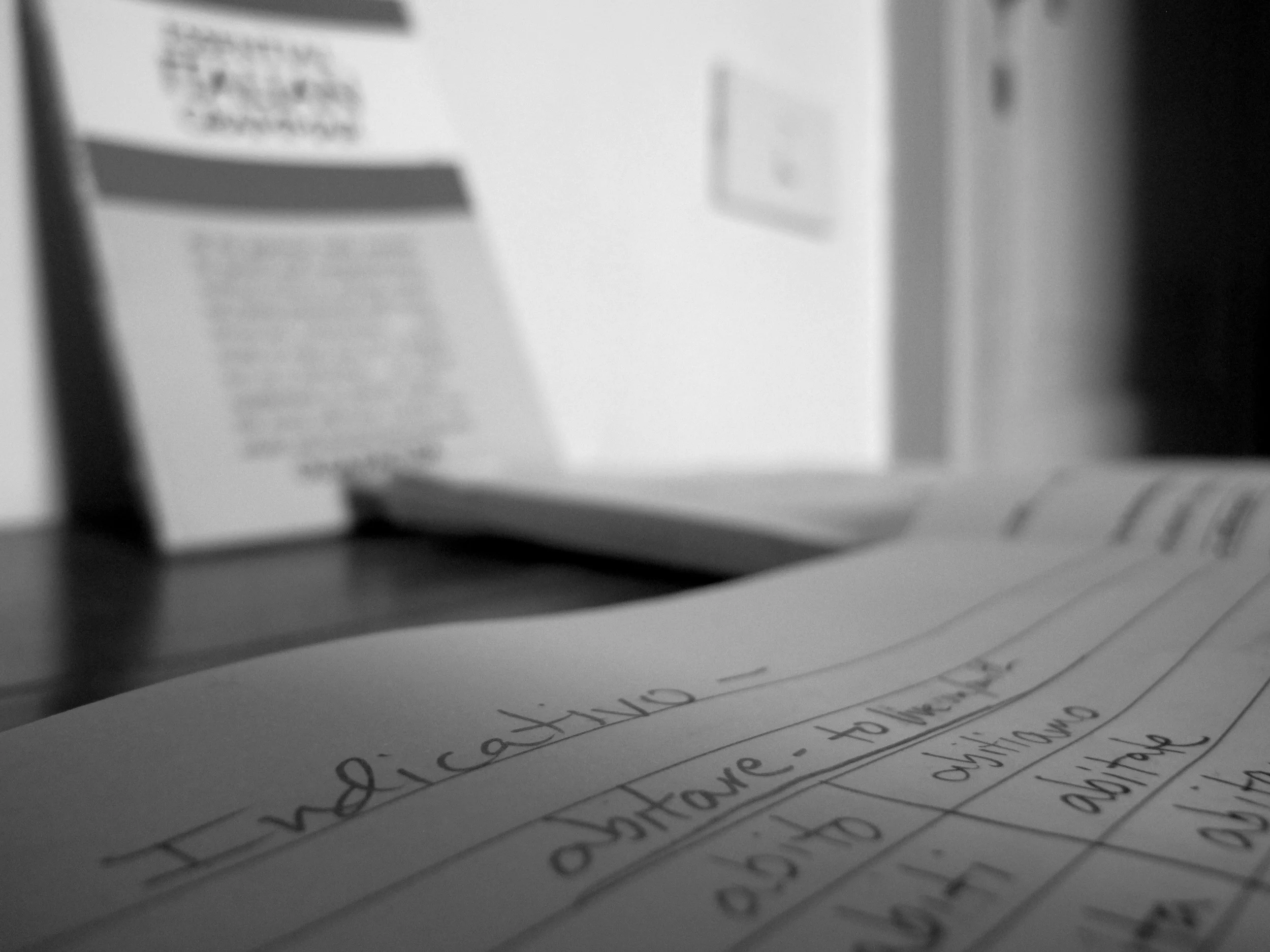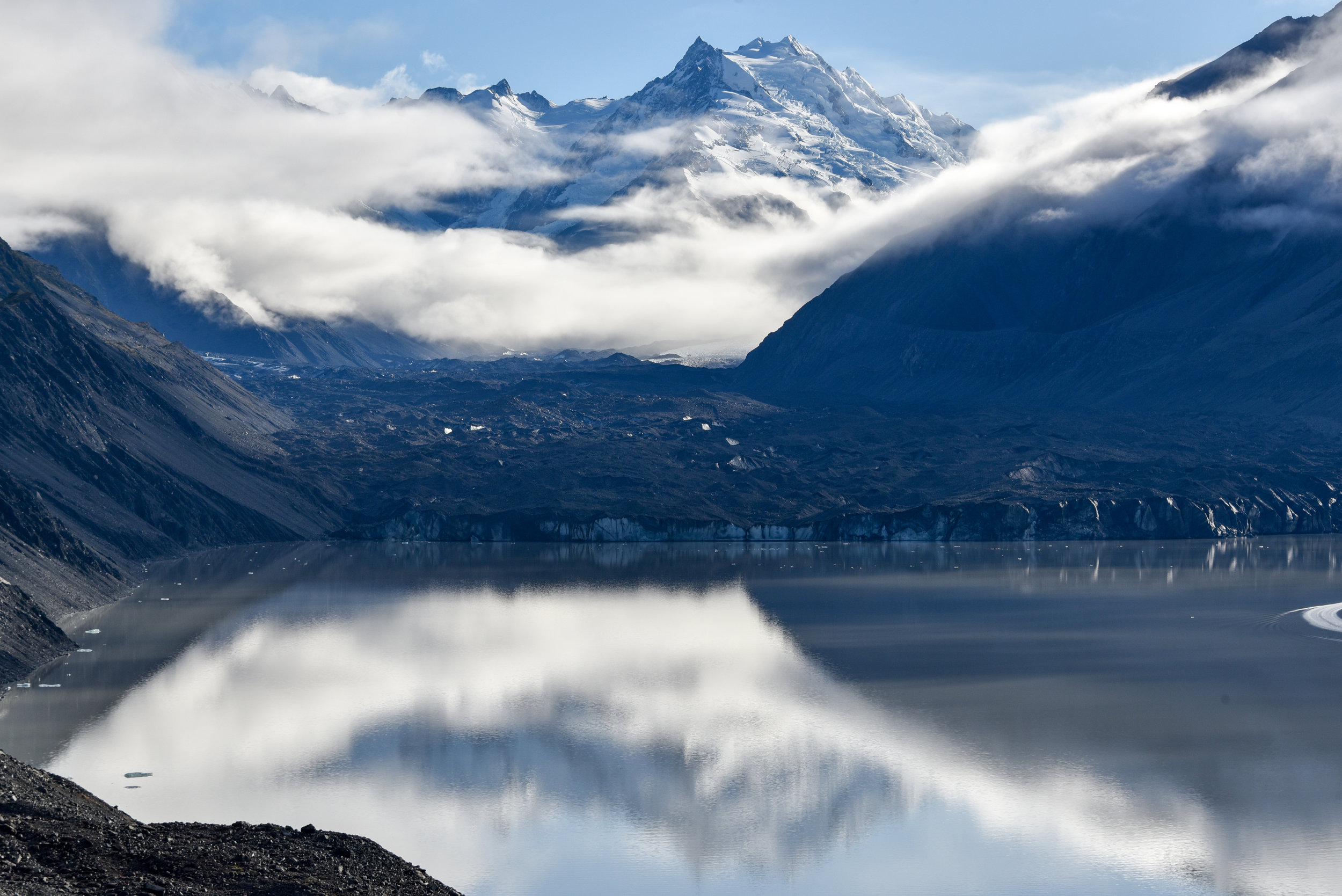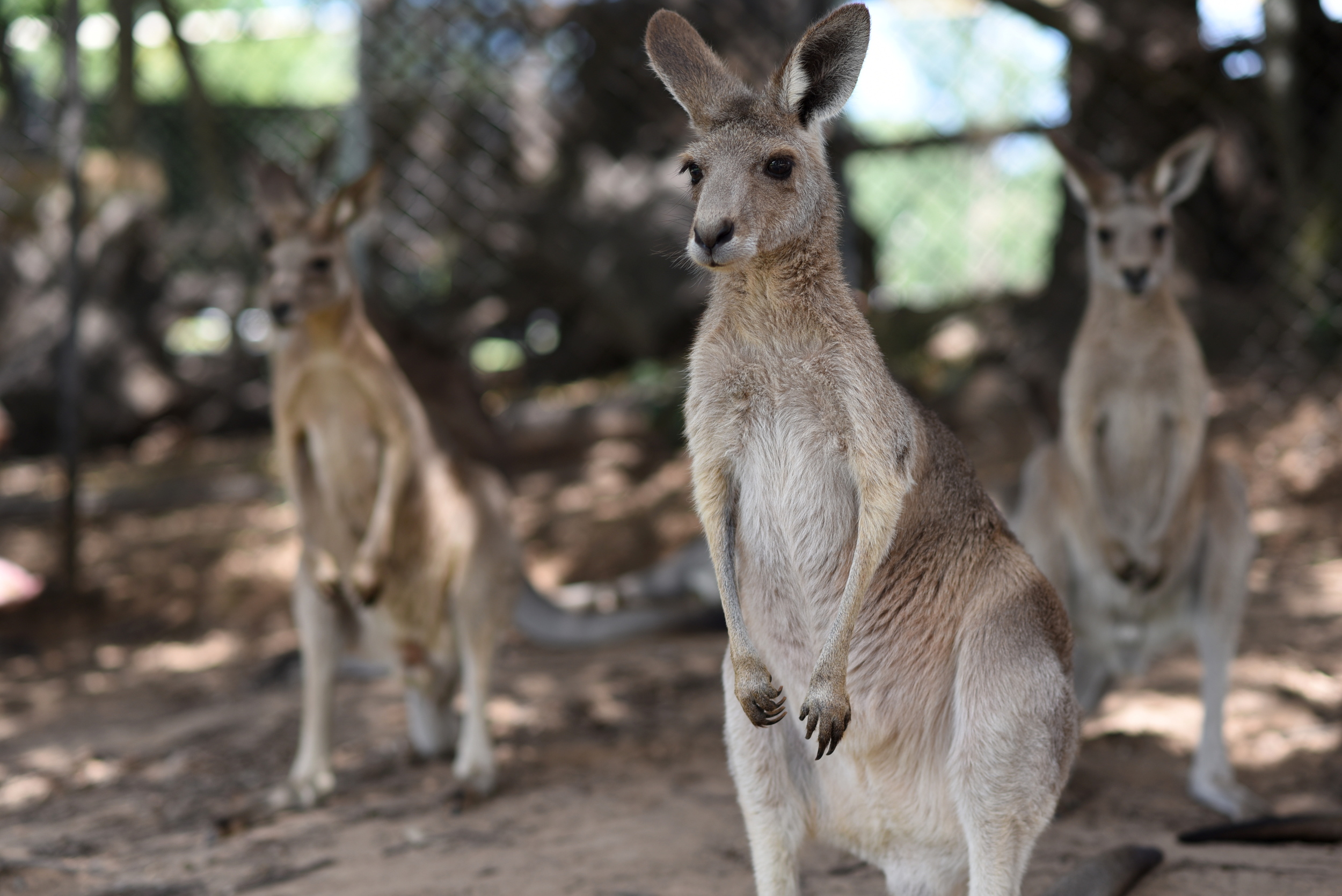Touted as “The Finest Walk in the World,” the Milford Track in another of New Zealand’s Great Walks, the most famous of all. I booked my reservation 6 months ago, just as this trip became a remote possibility in my head. Perhaps famous for famous’ sake, the Milford Track requires very advanced booking, as people from all over the world have the walk on their individual bucket lists. Going in, I did my best to leave my measuring stick in the hostel, as comparisons and superlatives typically provide nothing but unrealized expectations and unsolicited opinions.
Getting to the track is an adventure in itself. A one-hour boat ride from a remote dock on the edge of Lake Te Anau brings you to the trailhead, as a backdrop of mountainside layers is silhouetted by the morning rainclouds. The first day is a short one, just over 3 miles across some precarious swing bridges through forest similar to that of the Routeburn Track. The 2nd day, as per usual, was a wet one. The rain came incessantly from morning until evening. This time, however, I embraced it. The waterfall faucets I’d watched turn on along the Routeburn Track paled in comparison to what I would witness on the Milford. Making my way through the steep valley, I was surrounded my cascading waterfalls. With every few hundred feet, more came into view, one cluster more dramatic than the next. From every nook and cranny of the mountainside came the water, crashing down into either a lake below or what seemed like newly formed streams. I pushed on through the deluge, stopping only when I couldn’t help but be in awe that every sound I heard was a product of the water falling down on me.
The spattering of the rain on my pack.
The splash of my foot into a puddle.
The crashing of the waterfalls from the cliffs.
The rush of the ever-rising creeks.
Wet days gave way to warm nights surrounded by 40 other fortunate adventures, all from different walks of life, all with different stories as to how and why they got to the Milford Track. Staying in the huts was obligatory on the Track, and while I was initially disappointed I wouldn’t be able to camp, eating dinner under some shelter while my clothes dried next to the fire wasn’t something I was willing to complain about.
As if I was being rewarded for being somewhat of a good sport during my not-so-nice weather experience on the Routeburn, day 3 brought with it the most beautiful weather a hiker could ask for, and with it, the highlight of the track. Climbing Mackinnon pass in the morning hours, it was as though I was walking out to presents on Christmas morning. I had no idea what I was about to receive, but I knew it was going to be good. As I reached the pass, with the sun beginning to come up through two peaks, I stood transfixed by the setting in which I had somehow found myself. Flanked by two glacier carved valleys, draped in peaks both near and far, the morning dew glistening in the morning sun, I was standing in a novel. The type of scene you see on those famous Instagram accounts I’m trying to one day have, or a movie that you know must be CGI’d. I was on top of the world, and yet again, I felt so small. I relished the moment while I could before the rest of the hikers made it to the top. Making my way down the pass, I was nothing short of elated, singing to myself with the birds and the breeze. The day ended with a side trip to supposedly the 5th highest waterfall in the world, and a freezing cold dip in the river, just as I’d drawn it up.
The final day of the trek was once again through deep forests, with panoramas scattered along the way upon arrival at a clearing or previous rock slide. It was a relaxing denouement to the action from the day before, and bittersweet upon arrival at the signpost signaling I’d just completed the famed Milford Track.
A boat ride to the start of Milford Sound, with more towering peaks, this time emerging straight from the water, was a startling conclusion to what had already been an incredible trip, as if the country was reminding me that I shouldn’t dare relax and think I’d seen it all yet. That’s New Zealand for you I guess, with the end of one adventure comes another beautiful sight to behold.
The Finest Walk in the World? Maybe, but does it really matter?





































































































































































































